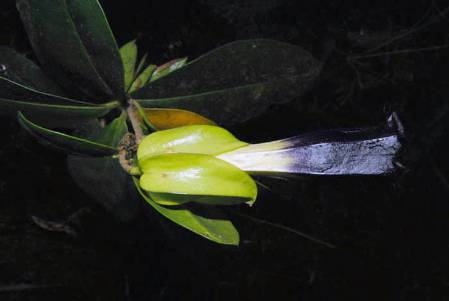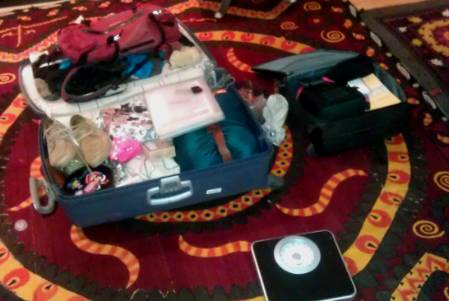Arrived in Panama to collect populations of a widespread tropical tree known locally as Casique or Berba and scientifically as Brosimum alicastrum. The taxi driver to my hotel was quite old, his eyes well cataraxed and very grumpy. A little surprised but realising that taxi permits are probably applied as loosely as they are with respect to Mini Cabs in London I got in. Polite conversation resulted in me asking him how long he had been a taxi driver, "eighty years" he replied sullenly. "No I meant how long have you been driving a cab? Not how old you are" I replied. "I am 100 years old and have been driving a cab for 80". So there you have it, albeit self certified, I could have ridden with the oldest cab driver in the World!
Onto business today. We had to withdraw our collection permit and apply for an export permit. A bureacratic feast that took all day. It entailed visiting four offices, paying two fees, one at one office and one at an office the other side of town follwoing after an hours queue. Despite the need to fill out many forms and procedures, everybody I met was very polite, friendly and helpful. At the National Authority for the Environment office I was even given a desk and computer to write out some of the forms I had forgotten or didn't realise I needed. I would be very surprised if any Government Office in the UK would do the same for a visiting researcher. So a big thank you to Alexander Montero, Dario Luque and Israel Tejada of the ANAM Office!
As a consequence I made it to the National Herbarium quite late but with enough time to chat with Mireya Correa, legend in her own right with the Panamanian scientific and Neotropical botanical communities. She very kindly invited me to give a talk this Thursday but also mentioned that one of my collections from Panama in 2006 looks like it is a new species of Verbesina (Sun-flower family, Asteraceae). Below is a picture I took of it at the time of collection. I remember it quite well as I was surprised to see this genus including trees (below):
Below, a ship passing through the Panama Canal close to a potential collecting site for our project:





